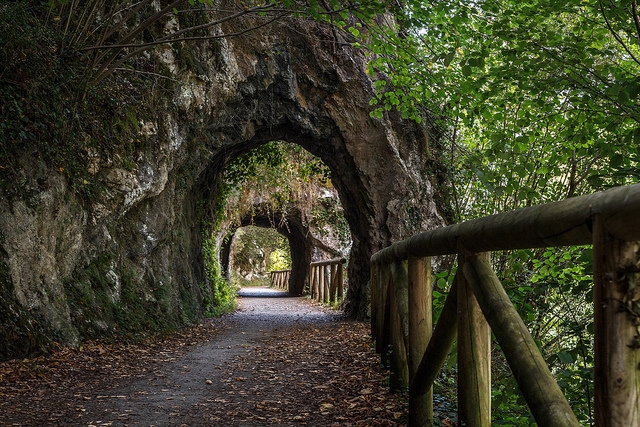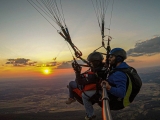
You could say they were the "mountain bike predecessors". Meanwhile, Tom Ritchey, who at 24 was an excellent off-road bike racer, continued building frames for bikes with fat tyres. Gary Fisher, who knew how "handy" Ritchey was (and didn't want to buy a Breezer), asked him to build a replica of the frame he rode. Ritchey, never short of ingenuity, made three frames - one for himself, one for Fisher, and one to sell. It was a success, and with more frames acquired from Ritchey, Fisher began selling them in Marin County with his friend Charly Kelly. They quickly went into business together, naming their bike brand MountainBikes.

Tom Ritchey thus became the first artisan manufacturer of mountain bikes in history, with Gary Fisher handling commercial aspects. By 1980 the business was up and running, and Charly Kelly launched the first MTB publication: Fat Tire Flyer, a completely handmade fanzine featuring comics, race ads, etc.
Fisher and Kelly couldn't prevent the term "mountain bike" from becoming increasingly popular and commercial. They couldn't trademark the name, and in 1981 cycling magazine Bicycling held a competition to name the new fat-tyre bikes. The winning name was "All-Terrain Bike", but ultimately "mountain bike" endured.

With bikes now labelled as mountain bikes, the next step was increasing production, as more and more people became interested in these new machines that could tackle any path. Even Japanese manufacturers, always so skilled, began making lighter 26" wheels adapted for MTB width. Ritchey couldn't keep up with frame demand, nor could Breeze, but neither committed to mass production, partly because quality subcontractors for bike manufacturing didn't exist in the US at that time.
But a bike distributor from San Jose had been making good money since 1976 selling components and tyres for road bikes. The distributor was called Specialized Bicycle Imports, run by Mike Sinyard. In 1981, Sinyard bought several Ritchey frames, and one of his designers, Tim Neenan, suggested making a replica frame under the Specialized name. Sinyard liked the idea but took it further by having it mass-produced at their Japanese factory. That model became the first Specialized Stumpjumper, officially considered the first mountain bike in history. It launched in 1982 at $750. Within a couple of years, thousands of Stumpjumpers were sold.

From the Stumpjumper onwards, mountain bikes began their ascent. In following years, sales tripled annually. By 1985-86, more mountain bikes than road bikes were sold in the US, and soon this craze reached Europe. Suddenly, Americans found thousands of fat-tyre bikes flooding mountain trails, leading to trail access restrictions. In 1983, several Marin County racers founded NORBA (National Off-Road Bicycle Association). Beyond trail maintenance, NORBA was created to be the "flagship" association for mountain bike competition. Why has Europe never done something similar?
Later came IMBA (International Mountain Bike Association), established in 1998 solely to help maintain trails both within and beyond the US.

From then until today, mountain biking has become an Olympic sport, with 11 world championships (plus one unofficial), 11 world cups, and specialised disciplines like cross-country, downhill and dual emerging. The sport continues evolving into specific disciplines (like famous freeride, dirt bikes, dual, enduro, rally, etc).
Technology has made mountain bikes evolve remarkably quickly considering their short history. Not long ago, bikes still had cantilever brakes, rat-trap pedals, rigid forks, constant-thickness frames, etc. In just a few years, various elements - mostly borrowed from downhill racing (the original purpose of those first bikes with wide tyres and handlebars) - have been incorporated: suspension forks, V-brakes, clipless pedals, dual-crown forks, and finally, rear suspension.

With this, we complete the history of MTBs - an incredible vehicle that lets us enjoy this thrilling adventure sport. If you want to know how to care for yours, we've left you an article about mountain bike maintenance at this link.











